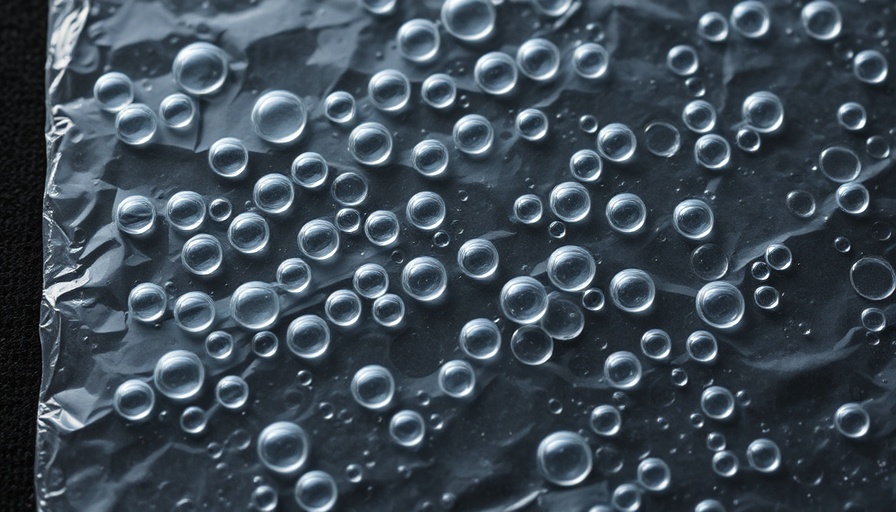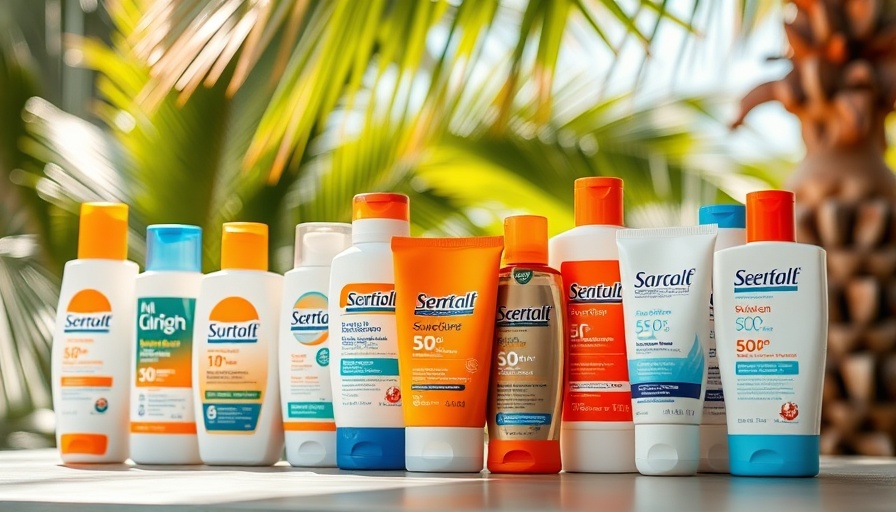
Why Proper Bubble Wrap Usage Matters
Bubble wrap might seem like a simple, straightforward packing material, but the manner in which it is utilized can significantly impact the safety of your fragile items. Many people assume that simply surrounding their valuables with bubble wrap is sufficient. However, this assumption can lead to catastrophe if the wrap is used incorrectly.
Expert Ross Sapir, founder & CEO of Roadway Moving, emphasizes that the bubble side should always face inward, towards the item being packed. This strategy maximizes cushioning and helps absorb shocks and vibrations that could otherwise harm delicate objects. Understanding the structure and purpose of bubble wrap can make all the difference, especially during a move—when things are stressful enough without added worries about broken items.
How is Bubble Wrap Made?
To fully appreciate bubble wrap’s protective capabilities, it helps to know how it’s manufactured. The production process involves melting and shaping polyethylene beads into thin sheets. This is achieved through a unique system where one sheet is formed over a roller that creates the bubbles by suction. Afterwards, a second flat sheet is laminated over it to seal these bubbles in place. This dual-layer design allows the bubbles to maintain their structure while providing an easily stackable surface on the other side.
One Side for Effectiveness: Why Only One Side is Bubbly
Many may wonder why only one side of the bubble wrap features those iconic bubbles. It's all about functionality. The flat side not only aids in the wrapping process but also promotes better handling and stacking of items packed with it. The absence of bubbles on one side means the surface is more conducive to organization and storage while protecting the fragile air-filled pockets on the other side from being squashed or damaged.
How to Bubble Wrap Like a Pro: Step-by-Step Guide
Now that you understand why proper bubble wrap usage is crucial, here’s a simple guide to ensure your packing technique is up to par:
- Start with the bubble wrap facing the right direction—bubbles up!
- Center your item on the wrap.
- Encapsulate the item completely, ensuring that the bubbles touch the object for maximum shock absorption.
- Secure the wrap in place using packing tape.
- If the item is particularly fragile, consider double-wrapping it for added protection.
- Finally, place the bubble-wrapped item into a box cushioned with packing peanuts or crumpled paper to buffer against movement during transport.
Practical Insights: Avoid These Common Mistakes
While wrapping items, it’s easy to make some common errors that can leave valuables vulnerable. Here’s what to avoid:
- Ignoring the flat side: Forgetting to use the bubble side inward can lead to items hitting hard surfaces, negating the protective benefits of the wrap.
- Overestimating bubble wrap thickness: Just because the material seems thick doesn’t mean it’s sufficient for delicate items. Always assess the type of item before packing.
- Skimping on tape: Not using enough packing tape can lead to wrapped items coming undone during transportation.
Future Insights: The Evolution of Packing Materials
As we move toward a more sustainable focus, packaging innovations are emerging that may redefine how we think about bubble wrap. Some companies are experimenting with biodegradable alternatives that maintain protective features while minimizing environmental impact. Keeping an eye on these developments not only benefits the planet but also could offer new solutions for securely moving and storing your items without relying on traditional plastic products.
 Add Row
Add Row  Add
Add 



 Add Row
Add Row  Add
Add 


Write A Comment